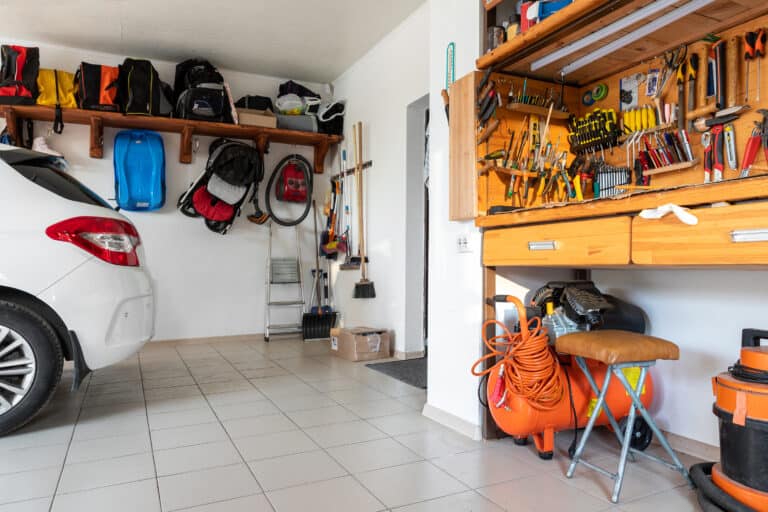How to Save Money When Replacing Windows
Replacing windows is an expensive project that not only includes the cost of the window itself, but also the cost of installation (at least, for anyone that doesn’t want to complete the work themselves.) For that reason, you’ll first want to consider whether or not repairing, rather than replacing, will do the job.
Just because you have condensation or dirt spots inside your window panes doesn’t mean you have to pay for new windows. Save money by re-using the frame and replacing the glass.
A window repair can be a very cost-effective alternative to a full window replacement. Rather than remove the entire frame, trim, sashes, and glass, you’ll simply re-use the current frame and replace everything else—but this option is only available if the window frame is sound and square.
Test Your Window Frames
The best way to determine the health of window frames is to take a screwdriver and attempt to poke a hole through the frame. If the screwdriver becomes embedded or slides through the frame, then the frame is rotten or compromised.
For those uncomfortable with doing this test yourself, ask a window installer, home inspector or contractor to take a look for you.
Should your window frames fail this test, then the best option is to consider replacing windows that are damaged, rotting or too old to offer energy-efficient value.
The good news is when completed, you’ll know what window frames are solid, straight and watertight, and which ones are not. Armed with this knowledge, call a local glass or window supplier to get a quote on the cost of replacing the glass, sash, side jamb and trim. This option is usually significantly cheaper than replacing the entire window.
For example, a low-E storm window (which allows sunlight through, but prevents heat from escaping) will cost between $200 and $500 for the glass and another $40 to $200 to install. A full replacement (window and frame) starts at $500 for the material and $50 to $300 for installation.
To put these costs in perspective, let’s consider a home with 10 standard windows:
To repair the windows—by replacing the glass—you’re looking at a cost that’s between $2,400 and $7,000.
To replace all the windows, you’ll pay a minimum of $5,500—with costs climbing depending on the type of window and extras.
5 Money-Saving Tips When Repairing Windows
- Replacing multiple windows will cost you less, per window, than replacing one or two windows.
- Choose Energy Star windows. Energy Star-certified windows are about 20% more energy efficient than the average window, while Energy Star-certified doors are about 15% more efficient and skylights 35% more efficient. For the best-in-class list, check out the Energy Star Most Efficient list from the federal government’s energy efficiency program, where listed models are up to 55% more energy-efficient than average models.
- Take advantage of rebates, such as Quebec’s Energy Star window replacement offer, which pays between $60 per rough opening (that includes windows, patio doors, and external doors).
- To find rebates in your province or territory, use the federal government’s rebate search tool. You can also reach out to companies involved in the Money Wise program—a joint initiative by all levels of government to offer rebates to homeowners who select energy-efficient home upgrades and materials.
- The cost of windows is all about materials, with window frames adding a significant cost to window replacement costs.
- The least expensive material is vinyl, which is virtually maintenance-free.
- Next is composite, which is a wood and polymer blend.
- For slightly more than composite you could purchase fibreglass windows;
- or go to the top of the expense scale and purchase wood-clad, or more expensive still, all-wood window frames.






